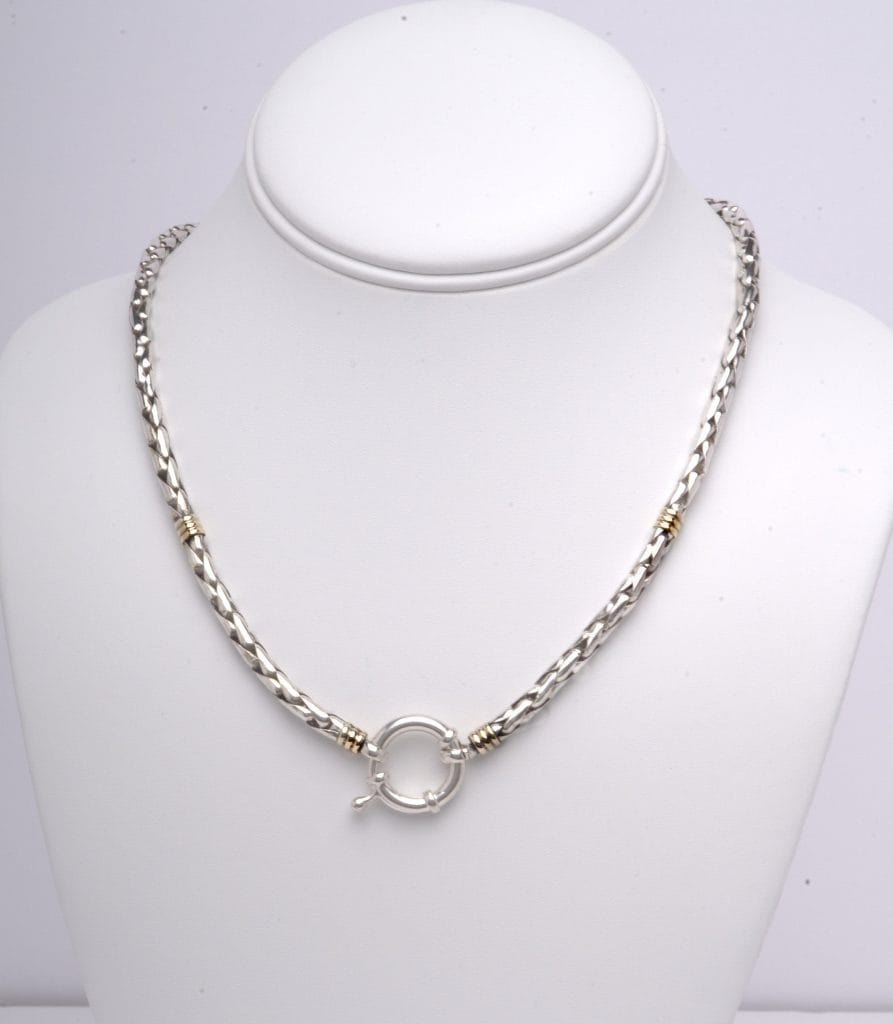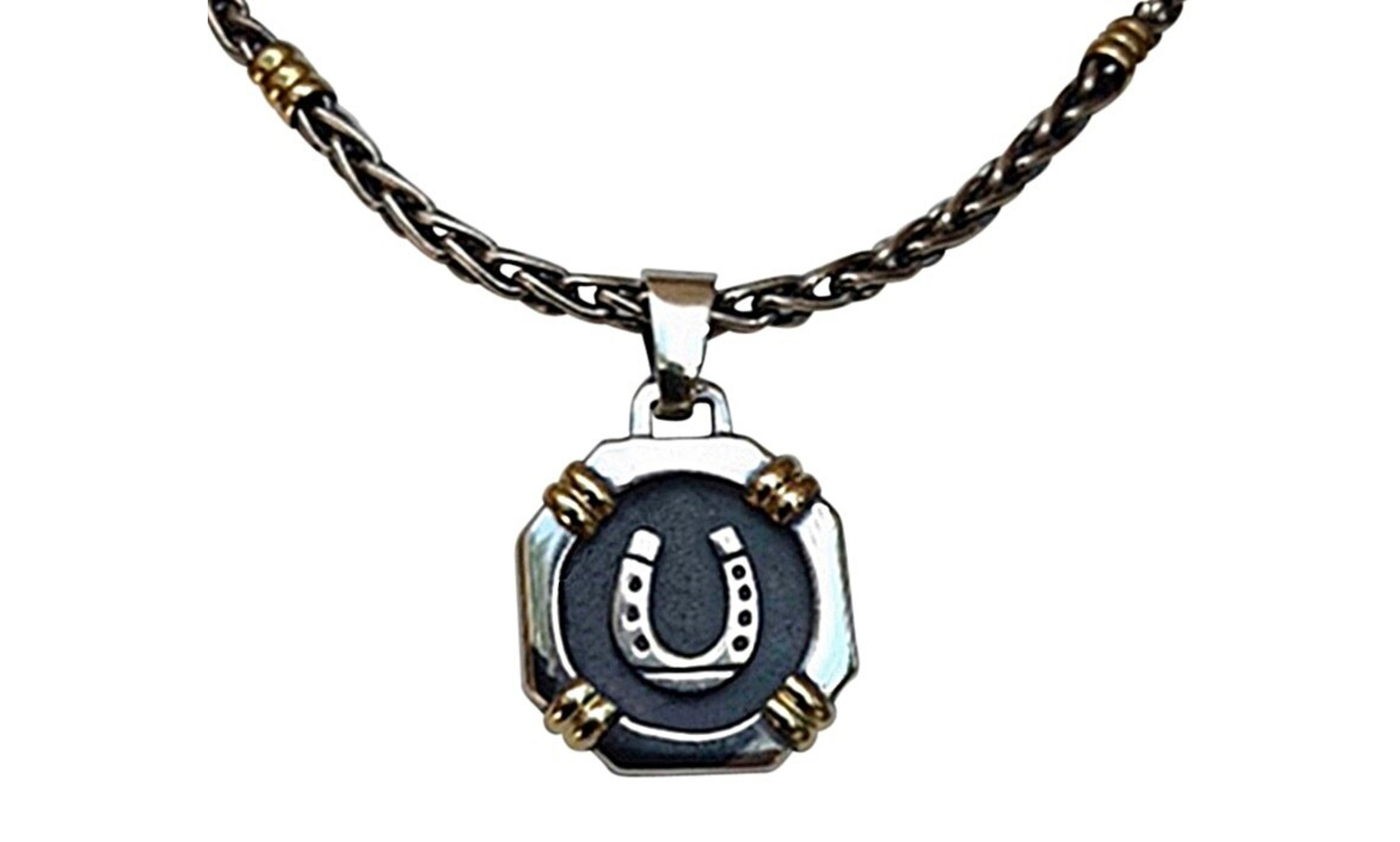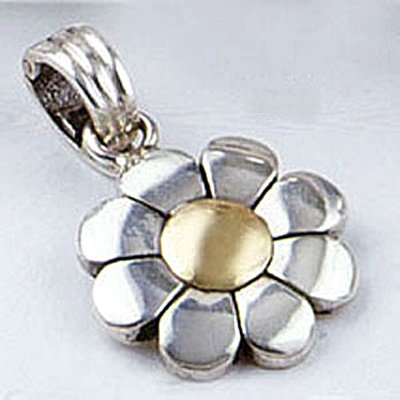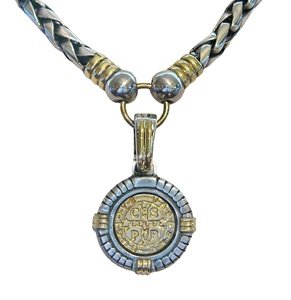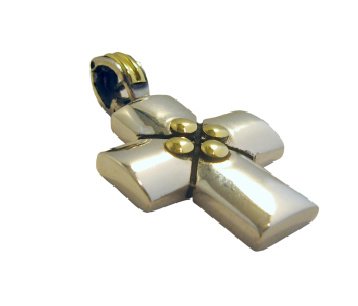Argentina’s diverse and vibrant history has heavily influenced its jewelry-making traditions. The historical background of two-tone sterling and gold Argentine jewelry can be traced back to various periods and influences, including indigenous cultures, European colonization, and local traditions.
PRE-COLUMBIAN JEWELRY
Before the arrival of Europeans, Argentina was home to various indigenous cultures, such as the Diaguita, Calchaquí, and Mapuche tribes. The Incas, who expanded their empire into Argentina around the 15th century, also played a significant role in shaping the region’s jewelry-making traditions.
These indigenous peoples excelled in metalwork, creating intricate jewelry pieces from gold, silver, and copper alloys. They often used techniques like hammering, casting, and repoussé to create their designs, which featured geometric patterns, animal motifs, and religious symbols. These early jewelry pieces were not only worn for adornment but also held spiritual and symbolic significance.
SPANISH COLONIZATION AND THE INFLUENCE OF EUROPEAN JEWELRY
With the arrival of the Spanish conquistadors in the early 16th century, Argentina and its neighboring regions experienced a significant shift in their cultural landscape. Spanish colonization introduced European styles and techniques in jewelry-making, which started to blend with the indigenous traditions.
The Spanish brought new materials like precious gemstones and pearls, along with advanced techniques such as filigree and granulation. They also introduced religious motifs, such as crosses, saints, and the Virgin Mary, which became popular in Argentine jewelry designs.
During this period, Argentine jewelers began to experiment with two tone designs, incorporating gold and silver elements into their work. This combination of metals allowed artisans to create striking contrasts and textures in their pieces, which became a hallmark of Argentine jewelry.
GAUCHO CULTURE AND THE RISE OF NATIONAL IDENTITY
In the 18th and 19th centuries, Argentina’s legendary gauchos – skilled horsemen and cattle herders – played an essential role in shaping the nation’s identity and cultural heritage. Gauchos were known for their unique attire, which often included intricately designed silver accessories such as belts, knives, and stirrups.
The gaucho influence is evident in Argentine jewelry, particularly in two tone pieces that incorporate symbols of equestrian cultures, such as horses, stirrups, and braided leather. This period also saw a resurgence in traditional indigenous motifs, as Argentina sought to strengthen its national identity.
MODERNIZATION AND THE GLOBALIZATION OF ARGENTINE JEWELRY
The 20th century brought rapid modernization and globalization to Argentina, resulting in a thriving arts scene and increased international exposure to Argentine jewelry. Jewelers began to experiment with contemporary designs, incorporating abstract and geometric forms, while still retaining traditional elements and craftsmanship.
Today, Argentine jewelers continue to embrace both traditional and modern influences, creating unique two tone sterling and gold jewelry pieces that reflect the nation’s rich and diverse history. These distinctive designs, which combine indigenous, European, and contemporary elements, have earned Argentina a well-deserved reputation for exceptional craftsmanship and artistic innovation in the world of jewelry.
DESIGN TECHNIQUES AND MATERIALS
